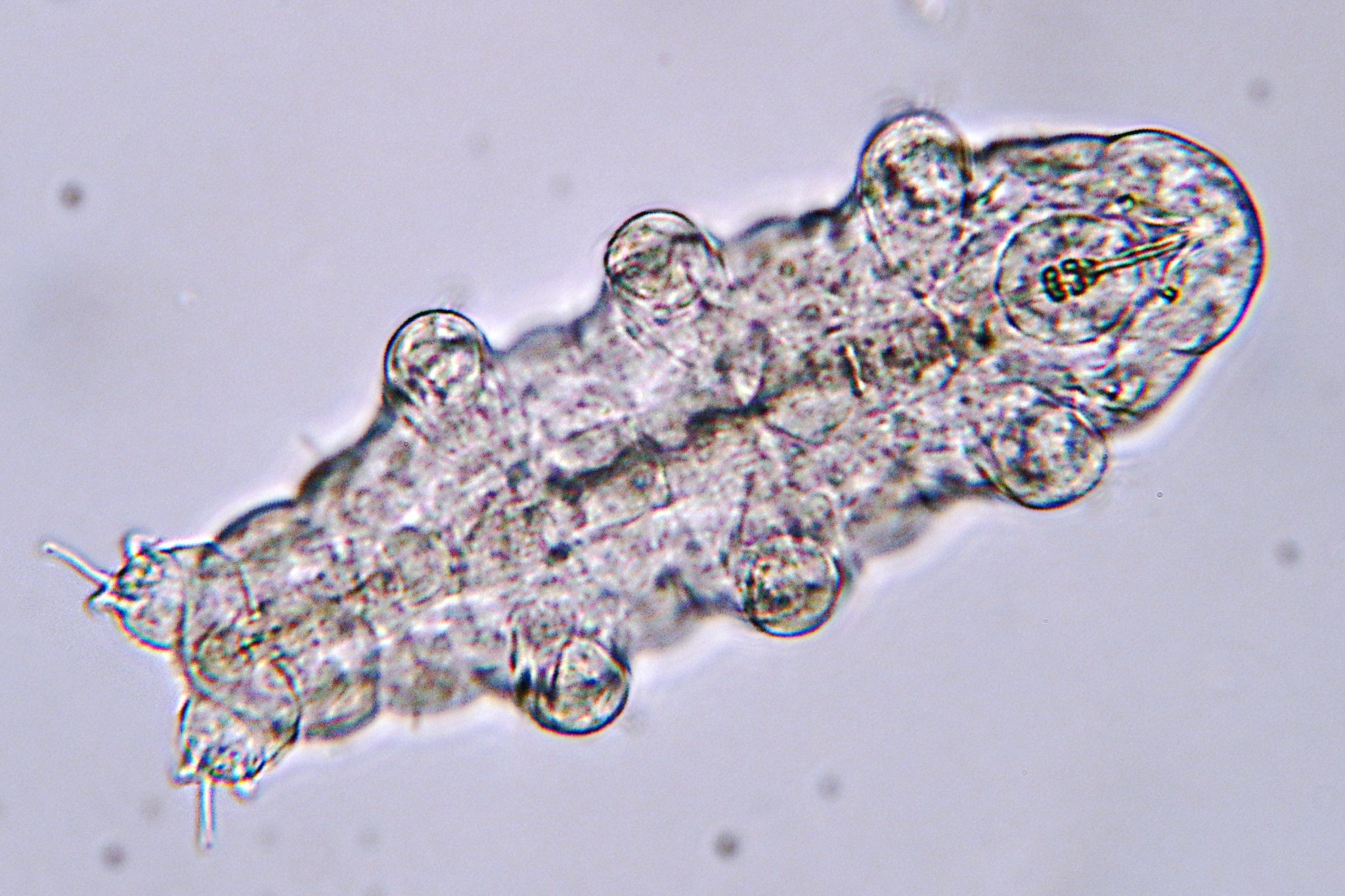Many may recognize the resilience of tardigrades, the microscopic water bears that can seemingly endure any and all conditions—researchers have found that tardigrades possess this attribute because of their ability to harness free radicals, the infamous matter that causes cancer in humans.
Tardigrades have survived all five mass extinction events on Earth, and are thought to have been around since before the current eon. They can live through extreme temperature and radiation, and even the vacuum of space. But how are they capable of this immense resilience?
Traditionally, free radicals have been known to promote cancer, causing genetic mutations that allow cells to multiply uncontrollably. First, in mitosis, the mutated cell divides, then its offspring divides, and before long a mass forms. That mass, or tumor, grows uncontrollably, consuming vital nutrients and mechanically interfering with the body’s internal function. If left unchecked, the tumor will eventually overwhelm the body’s ability to survive. However, there’s a flip side to free radicals.
The tardigrade has managed to harness the destructive power of free radicals in its quest for survival. For years, scientists have been baffled by the tardigrade’s ability to undergo drastic transformation in times of extreme stress. The organism’s transformations are a part of cryptobiosis, which consists of (but is not limited to) anhydrobiosis and cryobiosis. In anhydrobiosis, the tardigrade decreases its water content by 99% and its metabolic rate by 99.99%, and remains in a “tun” state for five years or more, only to rehydrate and flourish once environmental conditions are back to normal. In addition, via cryobiosis and other cryptobiosis processes, the tardigrade can survive extreme heat (304° F) and cold (-458° F). And the trigger for all of these survival mechanisms: free radicals, the same extra-electron atoms and molecules that cause human cells to mutate and multiply to form tumors.
Recent research suggests that tardigrades initiate cryptobiosis and protect themselves by releasing intracellular reactive oxygen species (free radicals) that in turn reversibly oxidize cysteine, an amino acid that acts as a sort of regulatory sensor for responses to stressors. The obvious question is: why isn’t the tardigrade harmed by the free radicals? The answer might hold the key to better understanding how to prevent cellular mutation, and cancer, in humans. Additional investigation is needed in this area.
So, what do you think? Are there similar discoveries that may be able to help us combat cancer?



Leave a Reply